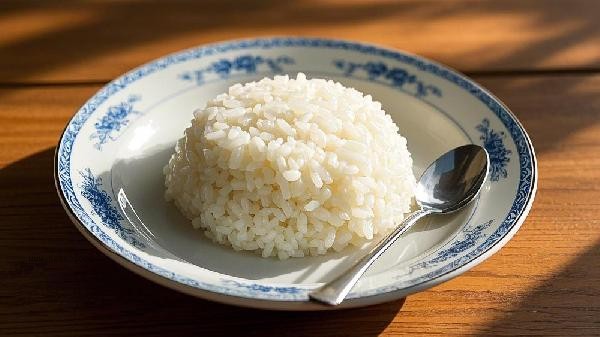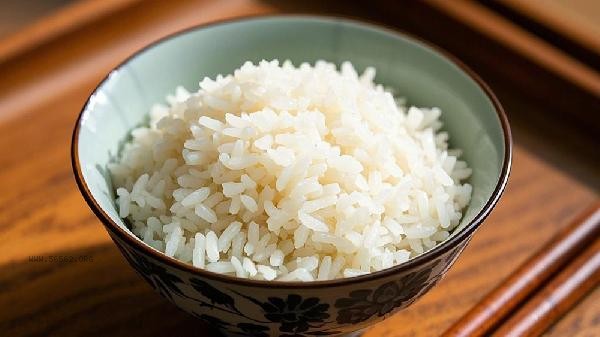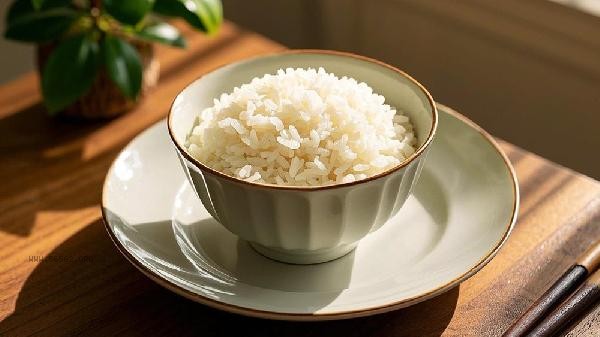Steamed rice and boiled rice each have their own advantages, and the specific choice depends on taste requirements, nutritional retention, and cooking conditions. Steamed rice can better retain water-soluble vitamins, while boiled rice has a softer and more glutinous texture with easier digestion of starch. Steamed rice uses steam heating to evenly heat the rice grains, resulting in higher grain integrity and less loss of water-soluble nutrients such as vitamin B1. Traditional wooden steaming can give rice a special aroma, suitable for people who pursue low glycemic index. When using the steam function of modern rice cookers, it is recommended to control the rice water ratio at around 1:1.2, and there is no need to frequently open the lid to check during the steaming process. For those with weaker digestive function, steamed rice with a harder texture may require more thorough chewing. During the boiling process of rice, some starch dissolves in the rice soup, enhancing the stickiness of the rice and making it more easily decomposed by amylase. When using the draining boiling method, some water-soluble nutrients may be lost with the rice soup, but gelatinized starch is more conducive to absorption by infants, young children, and the elderly. The standard cooking program for electric rice cookers uses intelligent temperature control to ensure that the rice grains absorb enough water, and the cooking time is usually shorter than steaming. It should be noted that excessive water during cooking can cause the rice to become too soft, which may affect the rate of blood sugar rise.

Regardless of the method chosen, it is recommended to pair with miscellaneous grains to increase dietary fiber intake. Mixing brown rice and white rice in a ratio of 1:3 can balance taste and nutrition. For patients with diabetes, steaming is preferred. After gastrointestinal surgery, it is suitable for patients to choose soft and rotten rice. Thoroughly washing before cooking can reduce surface impurities, but avoid excessive scrubbing that can lead to nutrient loss. Choosing the appropriate cooking method based on personal constitution and dietary needs can better maximize the nutritional value of rice.










Comments (0)
Leave a Comment
No comments yet
Be the first to share your thoughts!